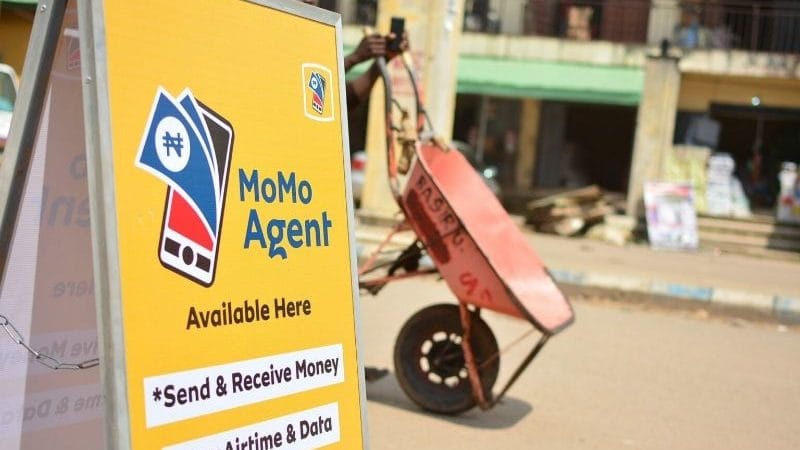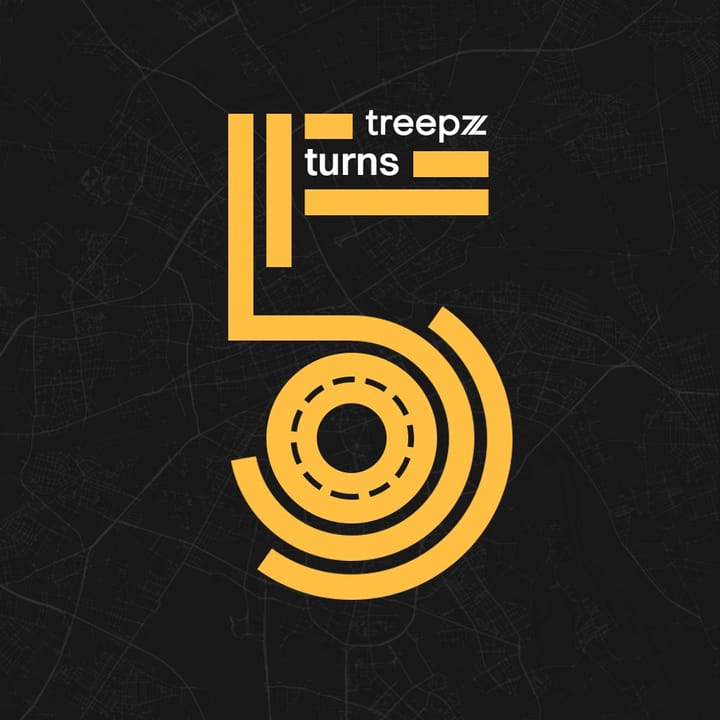MTN MoMo resorts to foot soldiers in South African fintech push
A new strategy focuses on grassroots efforts and personal engagement to drive mobile money adoption

MTN’s Mobile Money (MoMo) platform is stepping up efforts to further penetrate South African fintech, going from a digital-first approach to a more grassroots gameplan. To boost adoption from the country’s unbanked and underserved populations, the operator is enlisting agents—often called “foot soldiers”—to take its push directly to the mass.
South African fintech is competitive and complex, largely due to its well-developed banking sector. This presents challenges for mobile money uptake. Despite having over 11 million registered users, MoMo struggles to get the widespread, consistent usage seen in other African markets like Ghana and Uganda, where it has 15.2 million and 12.1 million users respectively.
Kagiso Mothibi, acting CEO of MTN MoMo South Africa, points out the need for a more personalized approach in a market where at least 85% of people have bank accounts. He explains banking solely on digital means to acquire users hasn’t fully addressed specific needs. For the unbanked or underserved, face-to-face interaction builds trust and demonstrates value.
This change in tactics reflects an understanding: digital-only strategies might not resonate with all segments of the population, especially those less familiar with fintech. The goal for players is not just to increase user numbers but also deepen the way they engage with the platform.
“For our customer base, you have to explain the value, just like how our competitors who have branches were able to do, and that translates into an activity profile that should mimic what you expect,” Mothibi told local media.
Digital acquisition strategy brought in millions of users, but many have only engaged with the platform for basic transactions such as buying airtime and prepaid electricity. Low-margin activities are important, but they don’t fully utilize more advanced services, like merchant payments and insurance products.
Deploying agents to educate users on the platform’s full-range offerings, MTN hopes to bridge this gap.
A challenge faced is the country’s relatively low unbanked population compared to other African markets. An estimated 23.5%, around 14 million people, are out of the system.
Even among those who have bank accounts, many are still underserved. 60% of banked customers withdraw their funds in a single transaction to avoid banking fees, suggesting a demand for alternatives.
To ensure that MoMo’s full range of services is adopted, the Johannesburg-listed telco is going big on building trust via personal interactions. Its agents would sign up new users, explain the platform’s various uses, and encourage more complex transactions. Because they are all about personalized service, the approach mirrors traditional banks’.
In Nigeria, mobile money was largely driven by agent networks taking financial services to the streets. Agents, operating from small kiosks or on the go, became the backbone of the system. Over time, it expanded, forearmed by initiatives like the CBN’s Shared Agent Network Expansion Facility (SANEF), which aimed to multiply agent points to deepen financial inclusion.
Kenya, often seen as platinum standard for mobile money success, trod a similar path. Safaricom's M-Pesa, launched in 2007, transformed finance with a mobile-based money transfer service that didn't require a bank account. Like Nigeria, Kenya relied heavily on agent networks to deliver.
The scale and speed of adoption were unprecedented. M-Pesa agents quickly became ubiquitous; the model thrived because it met a clear need in the market—an alternative to traditional banking for millions previously excluded from the financial system. The trust built by agents was crucial, as they were often members of the same communities they served.
MTN’s focus on trust-building is evident in its efforts to expand its merchant network. With 18,000 registered merchants across South Africa, MoMo’s point-of-sale terminals are increasingly used for mobile money transactions and card payments, thanks to a partnership with Mastercard. This growing network of merchants is key to driving higher-margin activities and increasing overall engagement.
MTN’s decision to shift its strategy comes at a crucial time. While MoMo has seen some growth in South Africa, adding two million users in the first half of 2024 alone, its base of 513,000 monthly active users leaves much room for more. As its experience in other markets suggests, the gap between registered and active users can be closed using a more hands-on approach.
In the grand scheme, MTN’s fintech operations have been a bright spot in what has otherwise been a tough year. It recently reported an 18% jump to $9.7 billion in transaction volumes across its fintech arm, with values reaching $146.6 billion. The EBITDA margin for the business is “in the mid-to-high 30% range”, MTN said in its H1 report.
However, MoMo’s success is critical to diversifying its revenue streams and reducing dependence on traditional telecoms.
In South Africa, fintech revenue grew 59% in the first half of 2024, contributing 4.1% to MTN’s total service revenue. This growth, although from a low base, indicates potential. As MTN continues to up its ante, it bets this will lead to higher adoption rates and a richer activity profile.
In April, MTN SA upgraded its mobile money network. It partnered with banking and financial services providers to become the first non-bank to integrate digital payments solution Payshap into its platform (MoMo).






